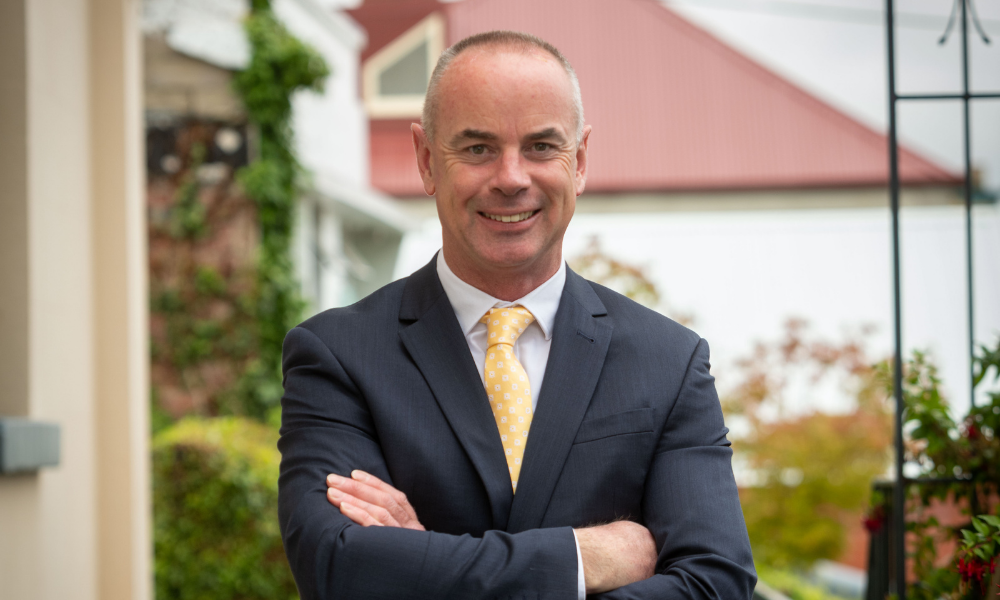Head of industry body examines the trends

Amid the uncertainty and restriction caused by lockdown, property prices have continued to rise in most Australian markets as demand stays stable while listings are down. The Melbourne market in particular has been hampered by a ban on in-person inspections – a factor that has led vendors to hold off on listing their property until restrictions are lifted. While in-person, one-on-one inspections are allowed in Sydney so long as COVID safety measures set out by the state government are implemented, listings in the usually busy period of spring are smaller than previous years as some vendors wait for more certain economic conditions.
At the same time, plenty of buyers have continued to look for new homes or investment properties – a factor that is likely to continue while interest rates remain low, according to REIA president Adrian Kelly (pictured). He told MPA that this would create further pressure on property prices as buyers battle to secure a purchase in an environment of heightened competition.
Read more: COVID lockdowns delay spring selling season
“With too much demand for available stock, prices can really only go one way,” said Kelly. “Prices won’t be going down, that’s for sure, not in Sydney, not in Melbourne and probably not across the country.”
On Thursday, the NSW Government announced its roadmap out of lockdown, which included the reopening of gyms, clubs and non-essential retail for double jabbed citizens once the state hits 70% fully vaccinated. It also included the return of travel within NSW and the allowance of property inspections outside of Sydney without a permit for vaccinated individuals. As reported in Australian Broker, this easing of restrictions has been slated for mid-October.
Victorian authorities have hinted Melbourne may soon receive some small freedoms as vaccination rates increase but haven’t put a date on when this is likely to happen, the Financial Review reported.
While listing numbers are likely to increase in both Melbourne and Sydney post-lockdown, the amount of stock this will bring to the market still won’t be enough to meet demand, said Kelly. He pointed to the undersupply already driving up prices, explaining that recent lockdowns have exacerbated a much deeper, longstanding shortage of housing in Australia.
“We haven’t been building enough homes across Australia,” he said. “Until we get serious and address that with a proper national housing plan, housing affordability isn’t likely to improve.”
A national housing plan to address supply is something that REIA has been advocating since June this year.
“Housing affordability won’t improve at all in the short term which is really unfortunate because we just don’t have the supply,” he said.
Read next: How is the delta strain impacting the property market?
While more and more first homebuyers are finding themselves locked out of the market due to rising property prices, renters have not been impacted as badly. Kelly said that in comparison to purchase price, rents were keeping track of wages.
“Rents aren’t rising ahead of wages, perhaps that’s the silver lining,” he said.
When asked if he thought a price correction was coming next year, Kelly replied, “That’s the million-dollar question.”
While he believed a correction was due after a long period of growth, he wouldn’t put a date on exactly when, but he did rule out 2022 as a possibility.
“At the moment, for every one property that we’re selling, we could probably sell it five or 10 times again,” he said. “So, it’s going to take an awfully large correction to get back to that balanced phase of satisfying the demand and having enough new property coming on the market.
“I think it will correct itself and it will become more balanced but it’s not going to happen next year.”



